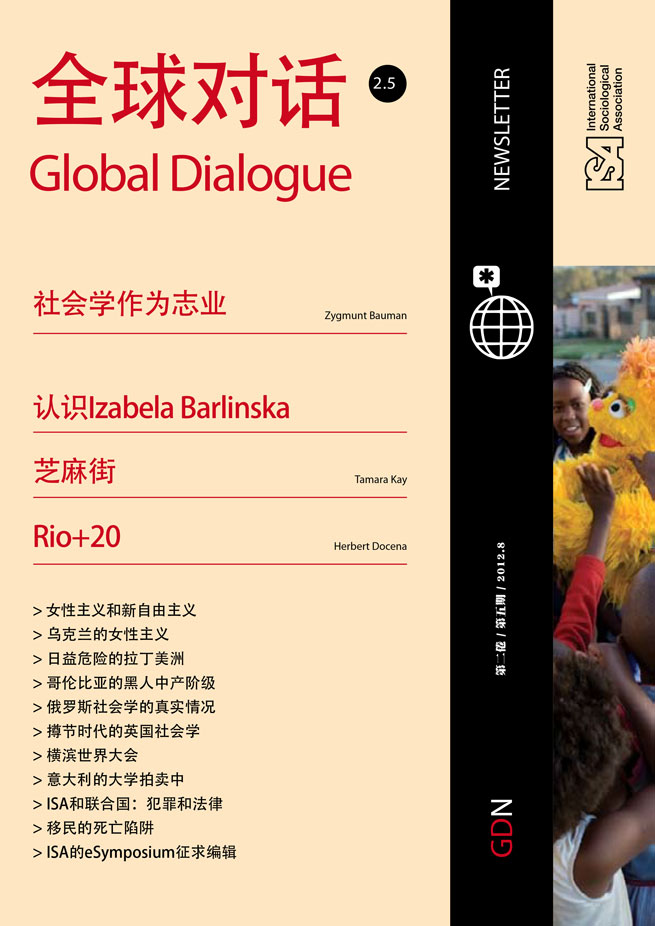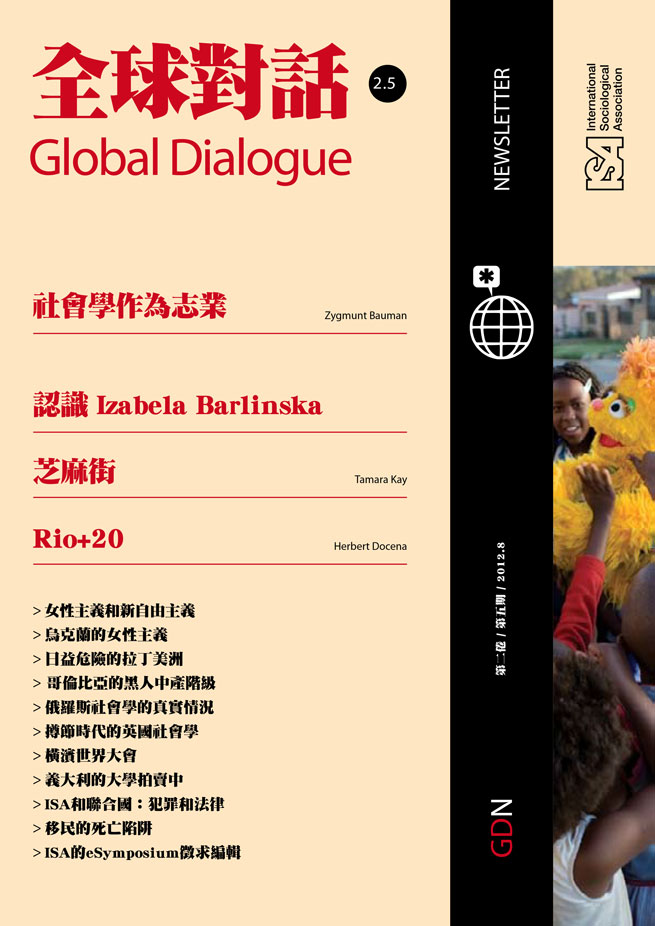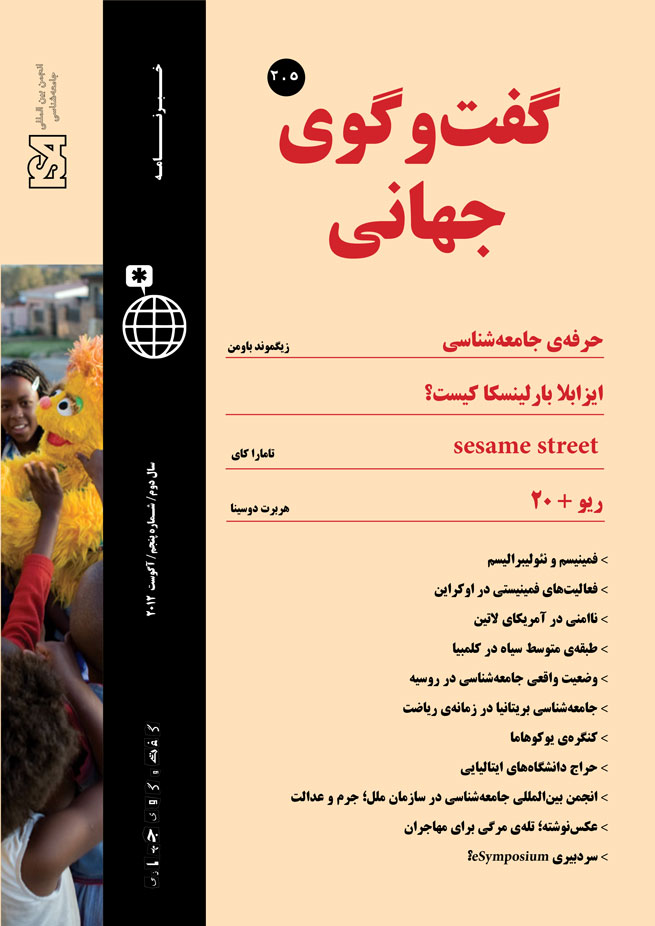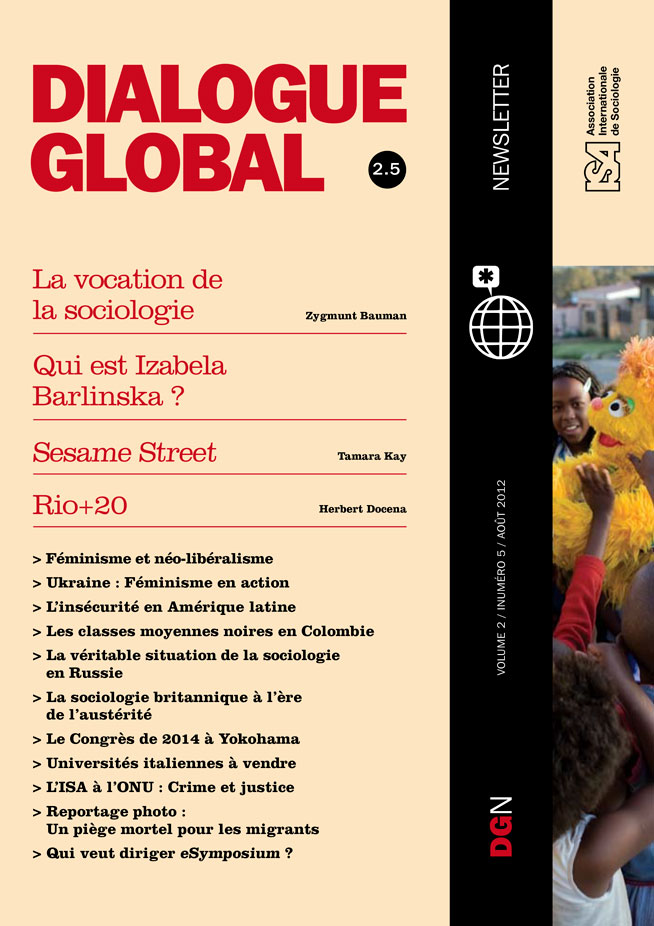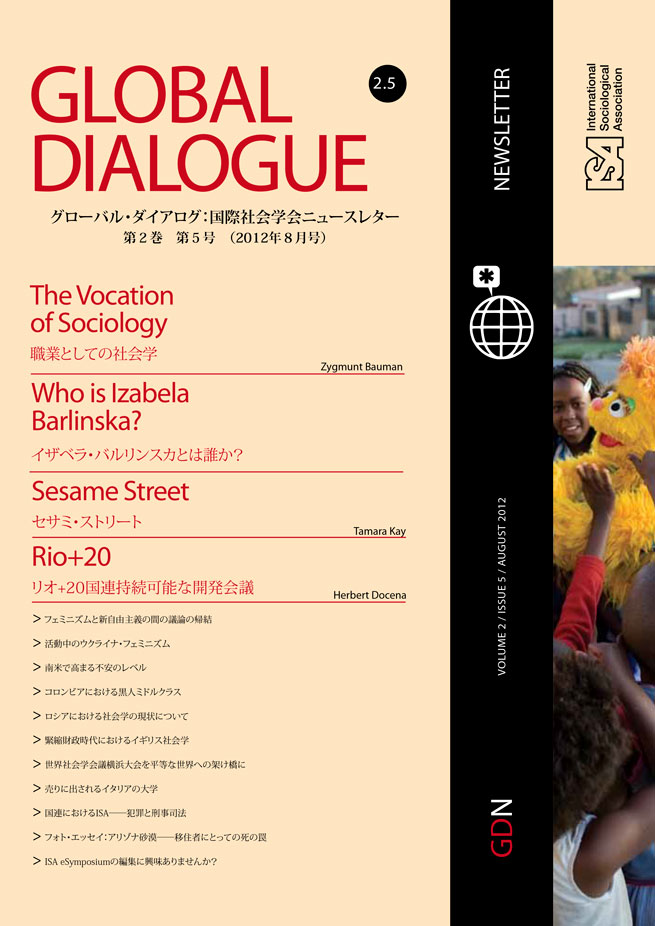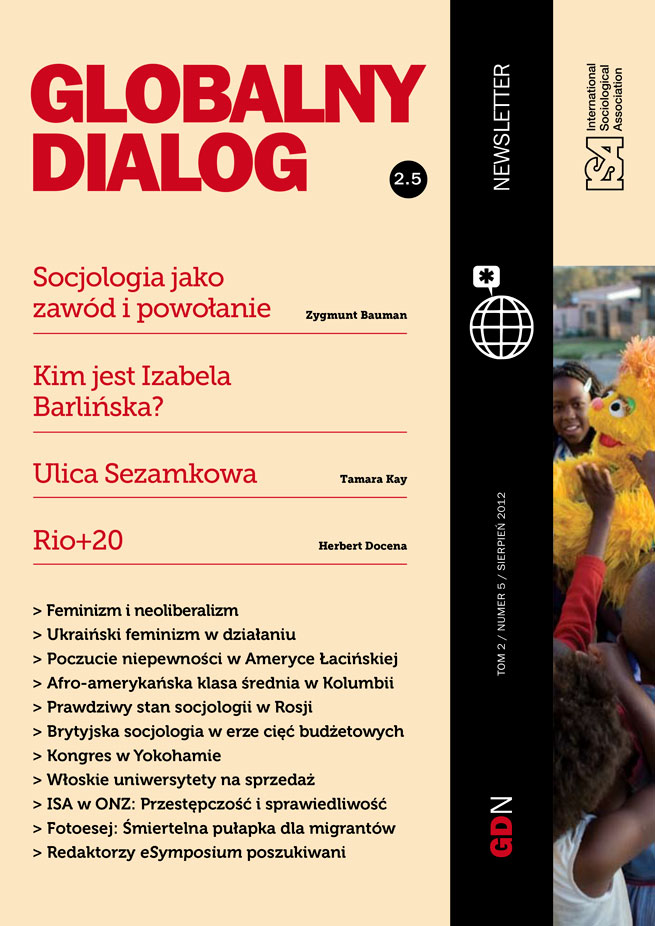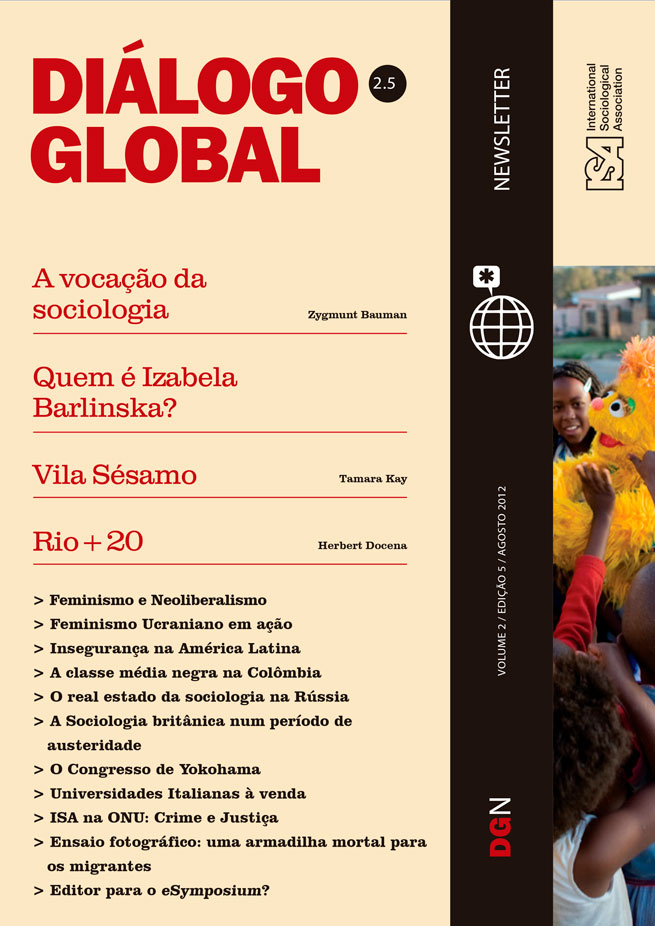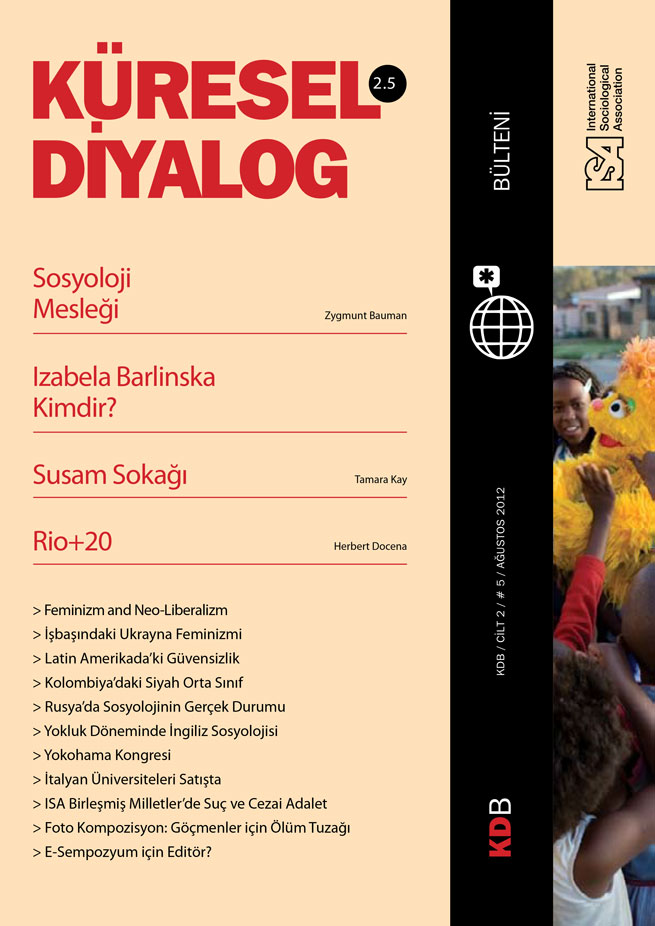Read more about Stratification in Latin America

Rising Levels of Insecurity in Latin America
by Gabriel Kessler
July 13, 2012
Numerous studies have shown that the Colombian population of African origin has the lowest income level, the poorest quality of life, the highest rate of child labor, the lowest rate of social security affiliation, and the highest demographic vulnerability of any group in Colombia (Urrea et al., 2004). Moreover, the small number of black men and even smaller number of black women in senior positions in civil society, the State, and private companies, as well as the lack of positive images of black men and women in the media, and the symbolic representations of them in public places, merely affirm the persistence of racism in Colombia. In this context, does it make sense to undertake studies of the few black people who have not been exposed to these experiences?
One possible answer is that it can be relevant in a context like Colombia to help make visible the trajectories of social advancement of Afro-Colombians, given that these processes are little studied and generally excluded from official accounts of national history. Thus, they offer alternative possible representations that contrast with the stereotypical representations of this population.
Through our research we now know some facts we did not know about this population, including how gender, race, and class intersect to construct black middle-class subjects. Here, I present some results of a broader study (Viveros and Gil, 2010).
Who Manages to Ascend?
In the course of the XXth century, through the accumulation of economic capital in rural areas and mining, and in large measure thanks to increased access to higher education, a “black middle class” was constituted in various regions of the country. This class was able to earn a social, political, and economic space despite the persistence of racial prejudice and discrimination. These processes of upward social mobility of the black population in Colombia have played out in ways specific to the particular regional, economic, social, and political contexts in which they emerged. The analysis I present here refers to people living in the city of Bogotá, the majority of whom come from the Pacific Region, the area that has the largest proportion of Afro-descendent people in the country.
On the basis of an analysis of their social trajectories over the course of three generations – their own, their parents’, and their grandparents’ – we identify two main groups defined by the type of social mobility: those that reproduce the social situation of their parents and grandparents, and those that improve socially upon their forebears. In the second group, we can also distinguish different rates of mobility – some rise more gradually and others more rapidly. The results of our analysis suggest that women’s trajectories tend to be more reproductive than those of men – in other words, women show less upward social mobility than men. Those women that are upwardly mobile are most often daughters of professionals or of people with at least a moderate level of education. In contrast, it is more common for men to be sons or grandsons of people with little or no education. If we take into account that the majority of the grandparents of both men and women never went to school, we can conclude that the principle point of transition in educational trajectories comes between the grandparents’ and the parents’ generations.
The Place of Gender in the Social Advancement of Afro-Colombians
Social mobility implies – in addition to increased income – the adoption of a “class habitus,” that, even though it seems to refer only to differences in social and cultural capital, is also gendered and racialized. The middle classes are defined not only in opposition to the popular (lower) classes but also in relation to many constitutive elements of hegemonic gender identities. In this sense, for black men and women, upward mobility implies abiding by the dominant gender norms and taking on the values and behaviors that make a woman or a man “respectable” in Colombian society, that is, those usually attributed to white or mestizo men and women. These experiences of self-cultivation continually affect those subjected to them, turning black men and women into disciplined, judicious, and rigorous subjects, in their performances both at work and at home.
In the case of the women interviewed, this has meant being good mothers and exemplary wives, being sober and discreet in their tone of voice, gestures, and social behavior, and adjusting their personal presentation to the image of femininity valued in higher social classes. To preserve their respectability, these women have desexualized themselves starting at an early age or upon marriage, reacting to potential assumptions that they are lewd or of “doubtful morality.”
For men, such adoption of dominant norms has involved being responsible workers and good economic providers, moderating expressions of their taste for licentious behavior, renouncing any behavior that calls their virility into question, and taking on gentlemanly manners in public space, in order to dissociate themselves from vulgarity and debauchery that are imputed to black men of the popular classes.
Individual Ascent, not Collective
In Colombia the upward mobility of black people has been an individual process, in contrast, for instance, with the group mobility experienced by the black population in the United States (Frazier, 1975). In Colombia, the members of this small middle class have not been able to rely on group support to help perpetuate their success and extend their benefits to the group, beyond their nuclear families and relatives. The paths of upward social mobility analyzed here confirm this situation: black people who have had some success have drawn on rather dispersed personal and family histories that allowed them to make inroads into middle-class social arenas. Nevertheless, they have not made significant advances for the ethnic and racial group as a whole, nor have they been able to change the negative representations of this group. At the same time, the existence of a group of middle-class blacks, as small as it may be, shows that “race” is not always constituted in the same way and that it is impossible to separate race from the intersections of class, gender, and sexuality that produce and maintain it.
The issue of social mobility takes on particular importance when thinking about solutions to social marginalization and racial discrimination suffered by the Afro-Colombian population. The paths of upward mobility of black populations in Colombia are exceptions to the rule, since no social conditions favor this ascent. An analysis of the process of upward mobility of blacks calls our attention to the existence and persistence of racial prejudice, the complexity of this experience, and the limits of any approach that assumes that the black middle classes, per se, will play an avant-garde role in responding to the problem of black peoples’ social marginality in Colombia.
References
Frazier, F. (1975) Black Bourgeoisie: The Rise of a New Middle Class in the United States. London: Collier Macmillan Publishers.
Urrea, F., Ramirez, H. F., and Viáfara, C. (2004) “Socio-Demographic Profiles of the Afro-Colombian Population in Regional Urban Contexts of the Country in the Early Twentieth Century.” In M. Pardo et al. (Eds.), Pan-Afro Social Studies in the Pacific. Bogotá: ICANH, National University of Colombia: 213-269.
Viveros, M. and Gil Hernández, F. (2010) “Gender and Generation in Black People’s Experiences of Social Advancement in Bogota.” Maguaré 24: 99-130.
Mara Viveros-Vigoya, National University of Colombia, Bogotá, Colombia
This issue is not available yet in this language.
Request to be notified when the issue is available in your language.
If you prefer, you can access previous issues available in your language:


